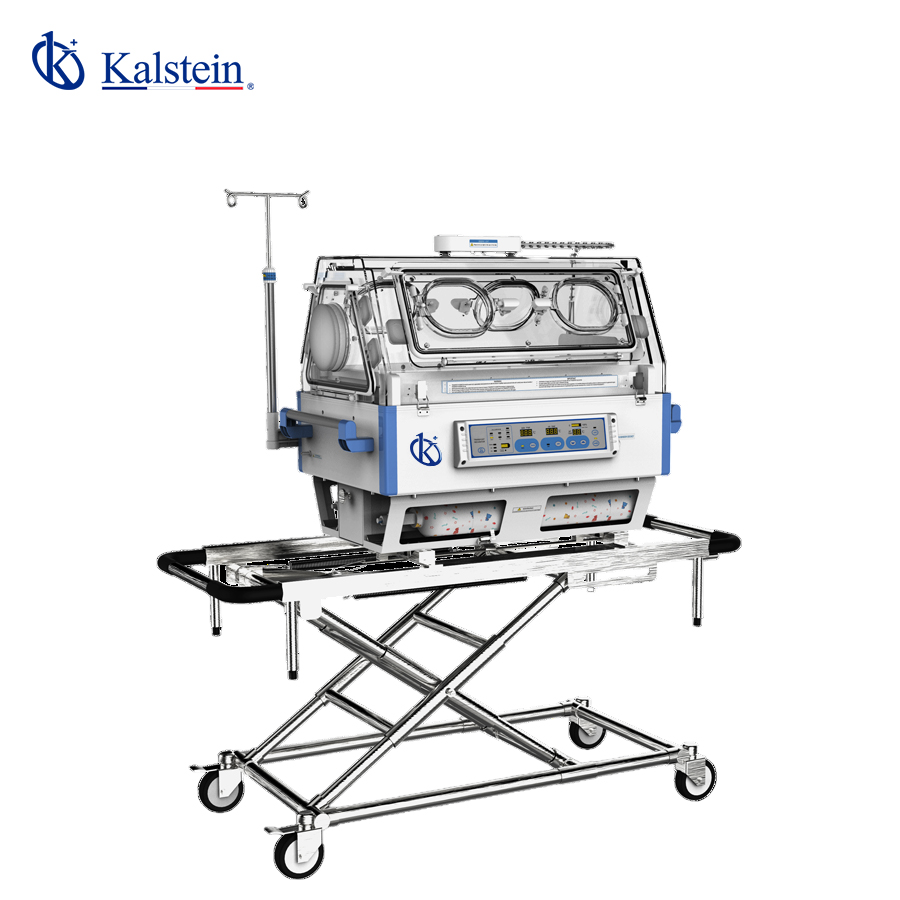The infant phototherapy incubator is an essential tool in neonatal care, especially for treating jaundice in newborns.
This article provides a detailed guide on how to use the infant phototherapy incubator to achieve the best results, including practical advice and step-by-step tutorials.
Introduction to the Infant Phototherapy Incubator
The infant phototherapy incubator combines the benefits of a traditional incubator with light therapy to treat neonatal jaundice. This equipment uses blue light to break down bilirubin in the baby’s skin, helping to reduce the levels of this substance in the blood.
In recent years, the “latest trends in medical technology” have led to the development of more efficient and safer phototherapy incubators. These “recent advancements in laboratory research” have improved the accuracy and effectiveness of treatment, benefiting both healthcare professionals and patients.
Preparing the Equipment
Before using the phototherapy incubator, it’s crucial to ensure that the equipment is properly prepared. This step is essential to guarantee the safety and effectiveness of the treatment.
a) Checking Functionality
First, check that the incubator is in good working condition. Ensure that the phototherapy lights are functioning correctly and that the temperature and humidity controls are calibrated. Precision in these parameters is fundamental to keeping the baby in a safe and effective environment.
b) Cleaning and Disinfection
Cleaning is vital to prevent infections. Disinfect all internal and external surfaces of the incubator before use. Use approved cleaning products and follow the manufacturer’s recommendations to ensure the equipment is free of contaminants.
Placing the Baby in the Incubator
Properly placing the baby in the incubator is a crucial step to maximize the benefits of phototherapy. Here, we describe a step-by-step tutorial to ensure correct placement.
a) Positioning the Baby
Place the baby in the center of the incubator, ensuring that the phototherapy light is evenly directed over their body. The baby should be naked, with their eyes protected by special goggles to prevent eye damage.
b) Continuous Monitoring
It’s important to continuously monitor the baby to ensure they are comfortable and safe. Periodically check the baby’s body temperature and adjust the incubator controls as necessary to maintain an optimal environment.
Duration and Frequency of Treatment
The duration and frequency of phototherapy sessions depend on the severity of the jaundice and the healthcare professional’s instructions. Here, we provide some practical tips for managing these variables.
a) Treatment Sessions
Most phototherapy treatments are conducted in sessions lasting 24 to 48 hours, with periodic reviews to assess the baby’s response. During this time, continuous monitoring is crucial to adjust the intensity and duration of light exposure as needed.
b) Medical Evaluations
Perform regular medical evaluations to measure the baby’s bilirubin levels. These checks will help determine when it is safe to reduce the intensity of the treatment or to discontinue therapy altogether.
Managing Temperature and Humidity
Maintaining appropriate temperature and humidity levels within the incubator is essential for the baby’s well-being. Here are some recommendations for effectively managing these parameters.
a) Temperature Adjustment
The temperature inside the incubator should be maintained between 36.5 and 37.5 degrees Celsius. Use the incubator controls to adjust and maintain this temperature, avoiding sudden changes that could affect the baby.
b) Humidity Control
The relative humidity inside the incubator should be maintained between 40% and 60%. Adjust the humidity controls according to the manufacturer’s instructions and continuously monitor to ensure it stays within this range.
Care and Maintenance of the Equipment
Proper care and maintenance of the phototherapy incubator are essential to ensure its optimal functioning and prolong its lifespan. Here are some tips for regular maintenance.
a) Regular Maintenance
Perform regular maintenance of the equipment according to the manufacturer’s recommendations. This includes checking and replacing phototherapy lights, calibrating temperature and humidity controls, and inspecting all moving parts.
b) Technological Updates
Stay informed about the “latest trends in medical technology” and consider upgrading the equipment when necessary. “Recent advancements in laboratory research” can offer significant improvements in the efficiency and safety of the treatment.
We understand that you need equipment that delivers maximum value to your laboratory. We invite you to visit https://kalstein.de/category-product/medical-line/infant-phototherapy-incubator/, to immerse yourself in our universe of cutting-edge technology equipment. Our prices are competitive and accessible, we combine the convenience of online shopping with the guarantee of an exceptional product. Because you deserve the best, we create and offer top-tier laboratory equipment. Make your choice today, where science comes to life. https://kalstein.de/

